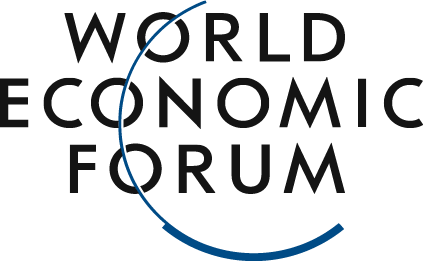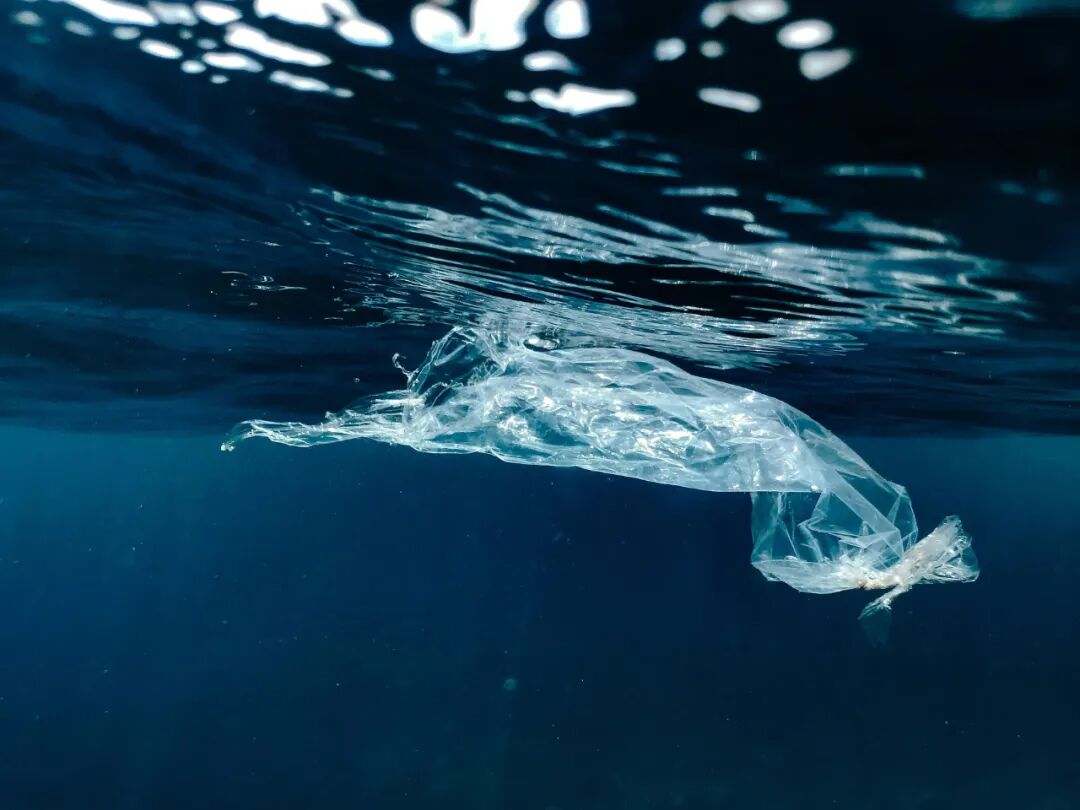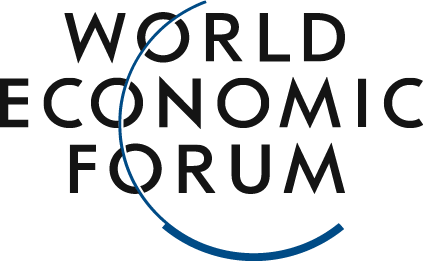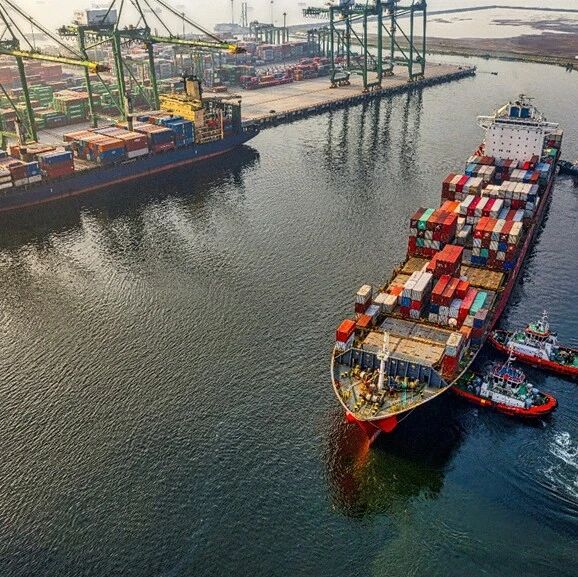,
:Naja Bertolt Jensen/Unsplash
Brita Staal
Vilma Havas
SALT
(Handelens Miljøfond),,30.25(0.26)Inspiring sustainable value creationCharging for plastic bags is a result of Norway implementing the EU’s plastic bag directive. Through the Norwegian Retailers’ Environmental Fund, the retail sector has agreed to voluntarily pay membership fees to meet regulatory requirements.However, progressive industries don’t have to wait for policies and regulations. A collective industry mechanism based on the "double dividend" should be deployed more rapidly and at a larger scale across sectors eager to take progressive action—especially those value chains that have yet to address their social implications.The Norwegian Retailers' Environmental Fund is independent and unaffected by political fluctuations. The absence of bureaucratic constraints is a key factor in efficiently allocating renewable funding. Today, this flexible yet consistent system—based on voluntary membership—can be swiftly applied across a wide range of value chains.The global business community has expressed its willingness to contribute to the circular economy, as growing awareness highlights the inescapable nature of environmental risks. The 3,000 business representatives attending COP16—representing major players like Unilever, a key plastic buyer—called for the establishment of a level playing field to eliminate uncertainty and put an end to harmful business practices.The Norwegian Retailers' Environmental Fund is one example demonstrating that, regardless of the outcome of regulatory negotiations, companies can still take control of their value chains—whether at COP16, COP29, or this December’s global talks on the plastics treaty.The severely wasteful linear plastic economy can be transformed into a circular economy, where the true cost of plastics is reflected in pricing, effectively eliminating the externalities that currently burden marginalized communities, the environment, and future generations.If the plastic model from Norway's Retail Environmental Fund is widely adopted across various sectors—and if dedicated funds are allocated to curb excessive plastic consumption, restore nature, and foster innovation for the future—we’ll have a much better chance of living in harmony with the natural world.The above content solely represents the author's personal views.This article is translated from the World Economic Forum's Agenda blog; the Chinese version is for reference purposes only.Feel free to share this on WeChat Moments; please leave a comment below the post if you’d like to republish.
Editor: Wang Can
The World Economic Forum is an independent and neutral platform dedicated to bringing together diverse perspectives to discuss critical global, regional, and industry-specific issues.
Follow us on Weibo, WeChat Video Channels, Douyin, and Xiaohongshu!
"World Economic Forum"





